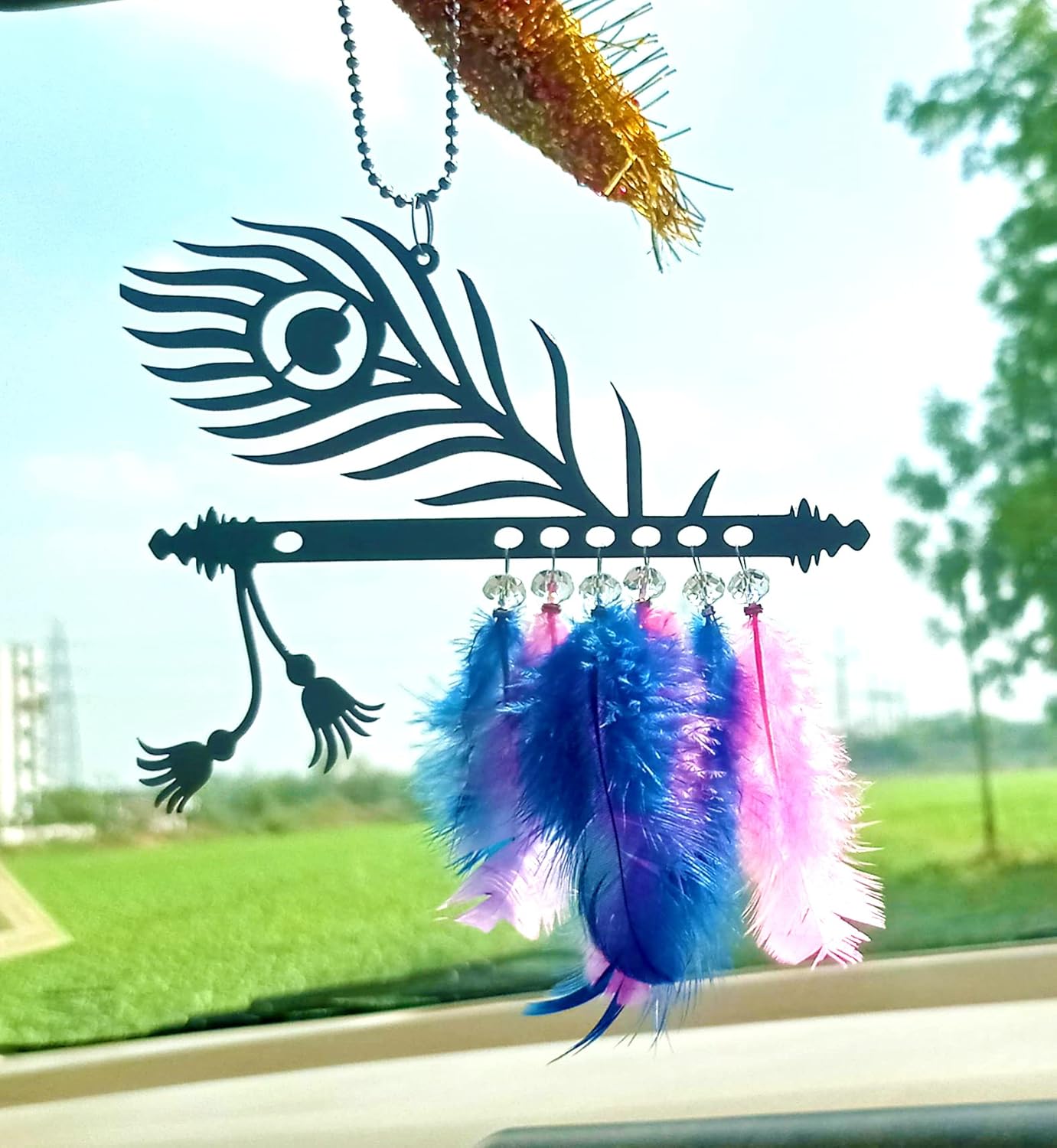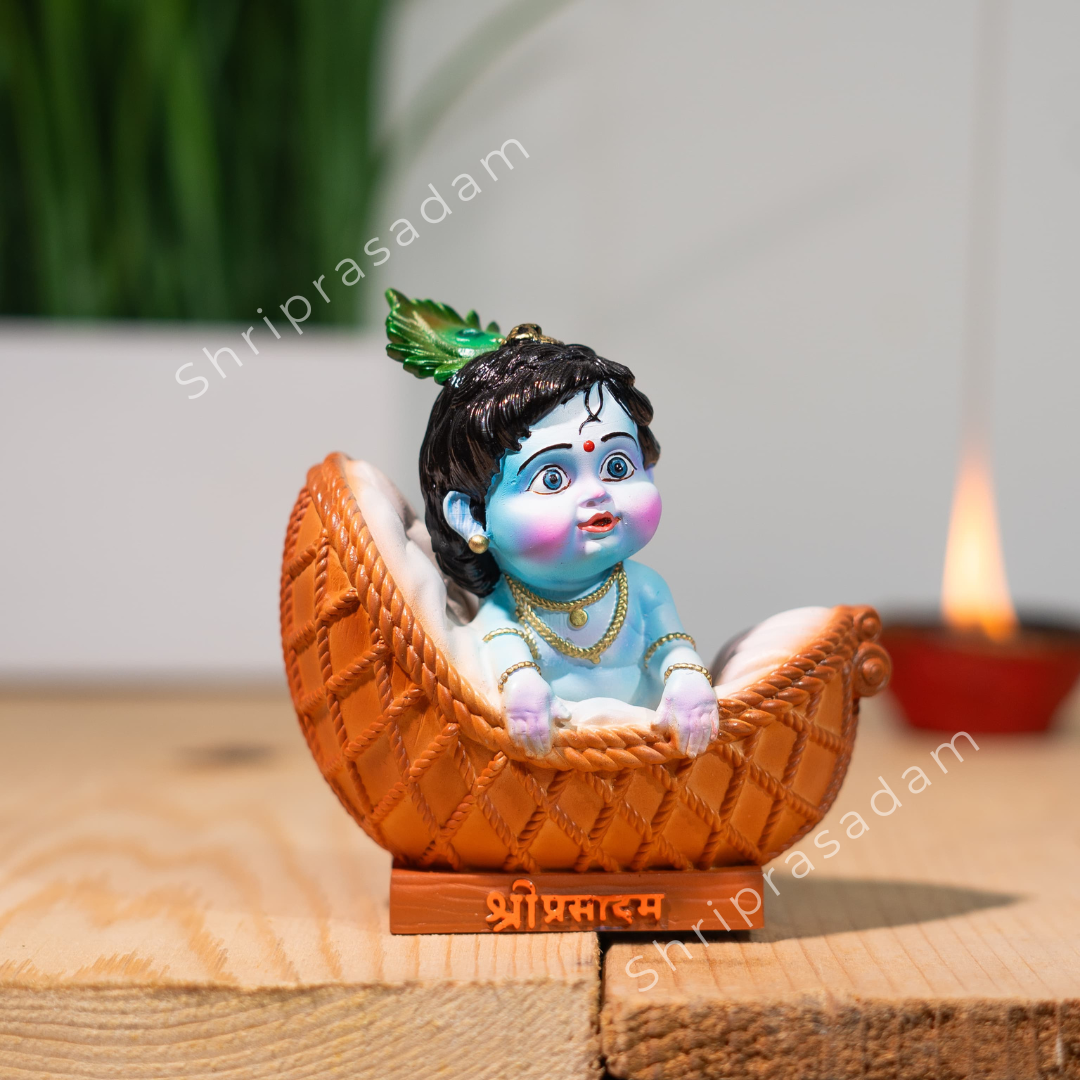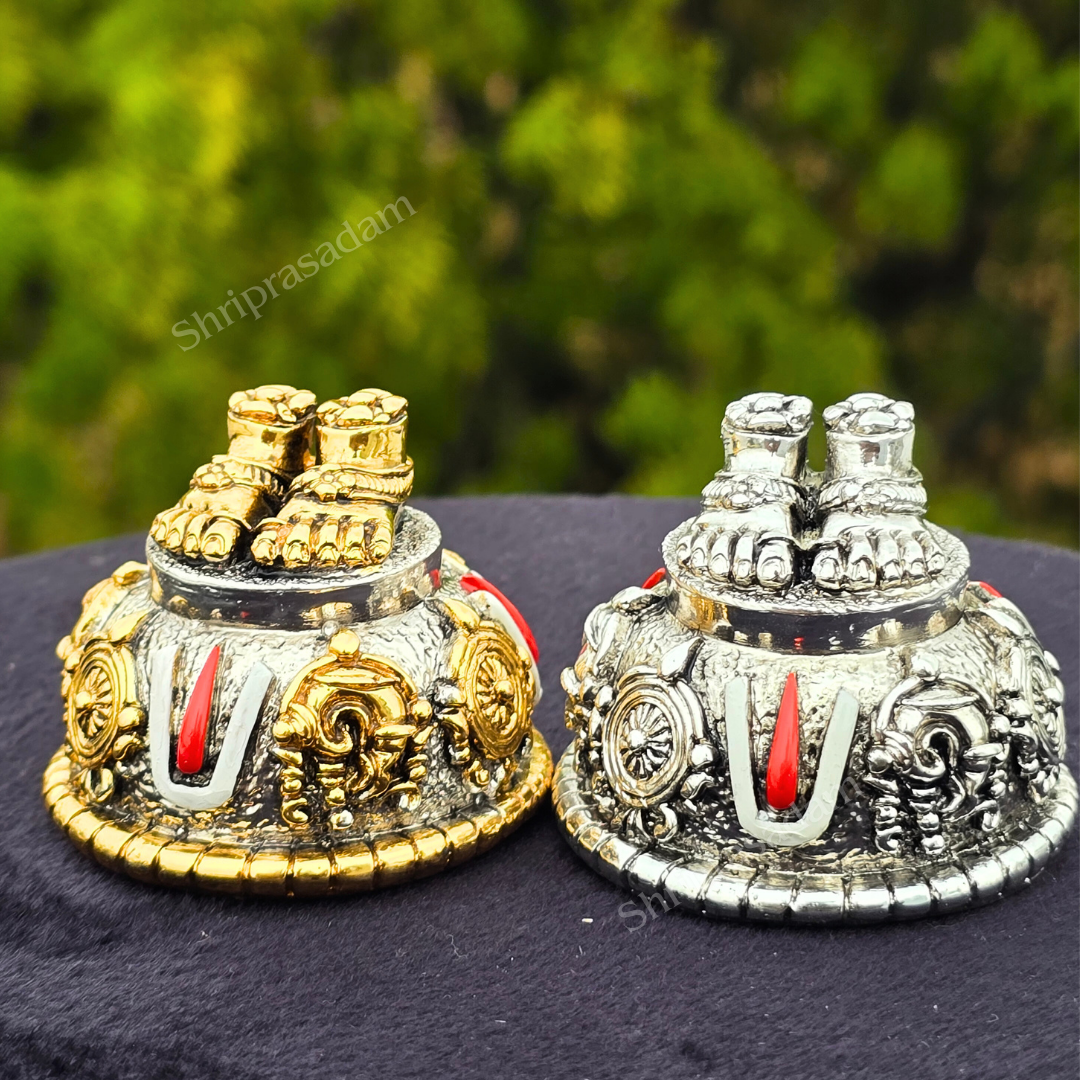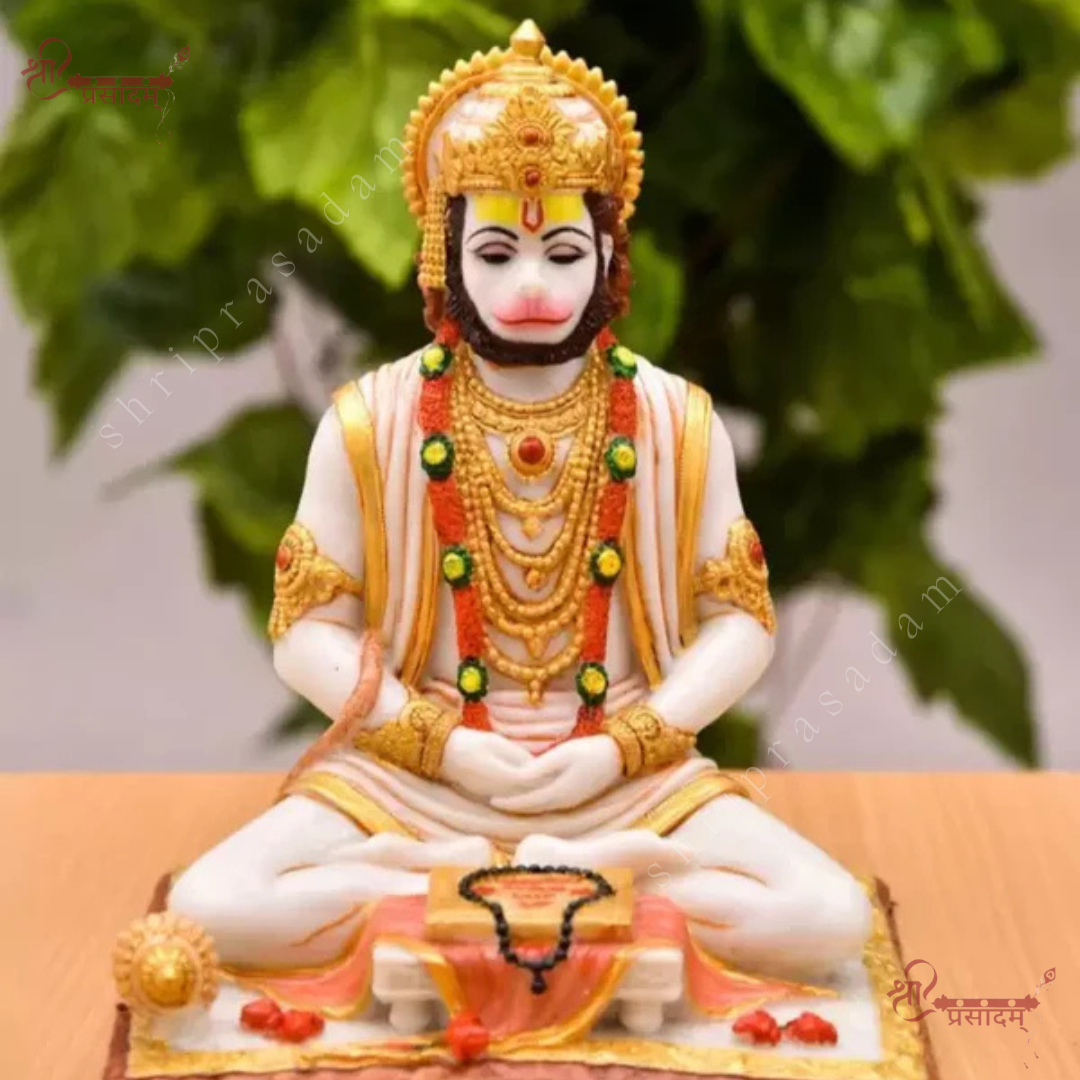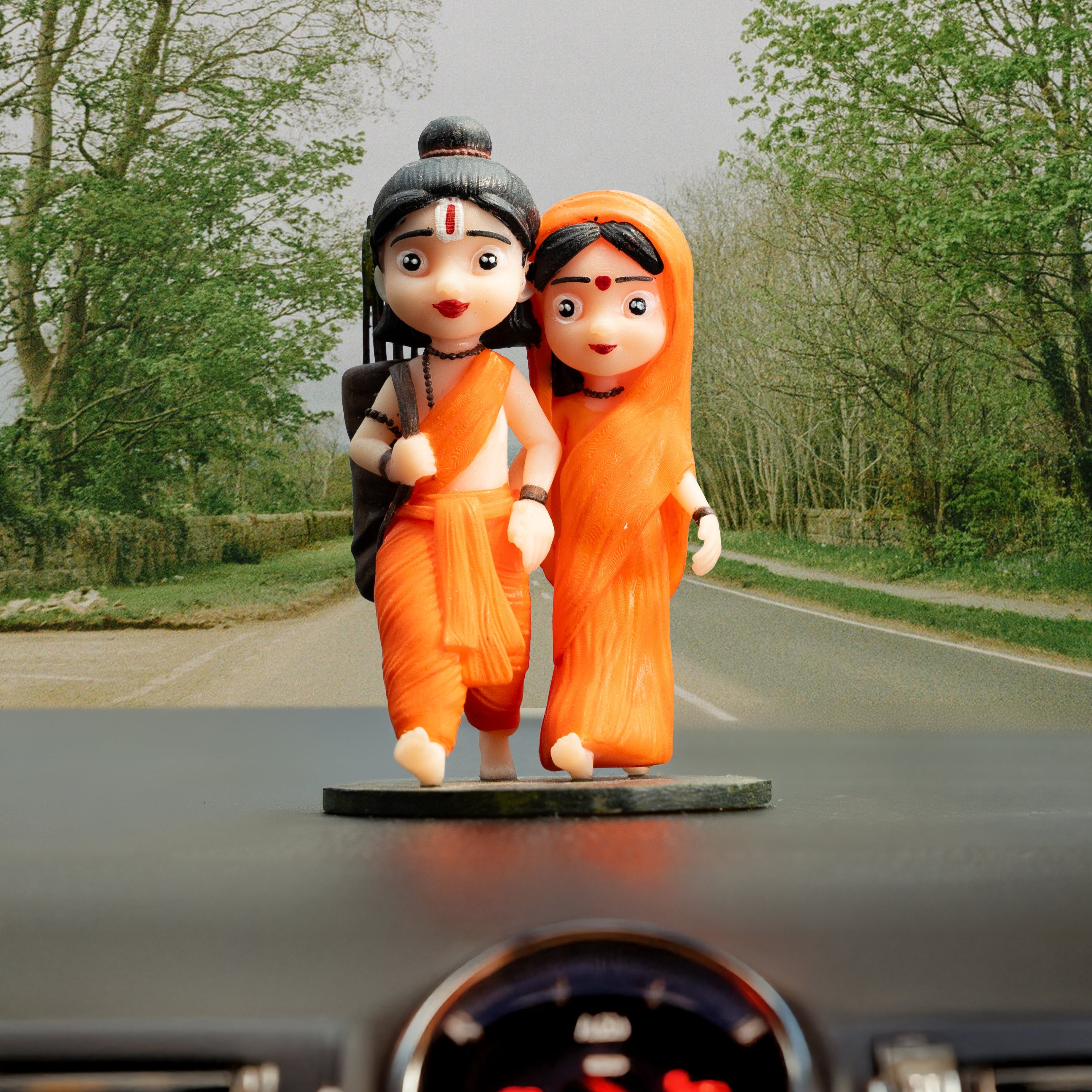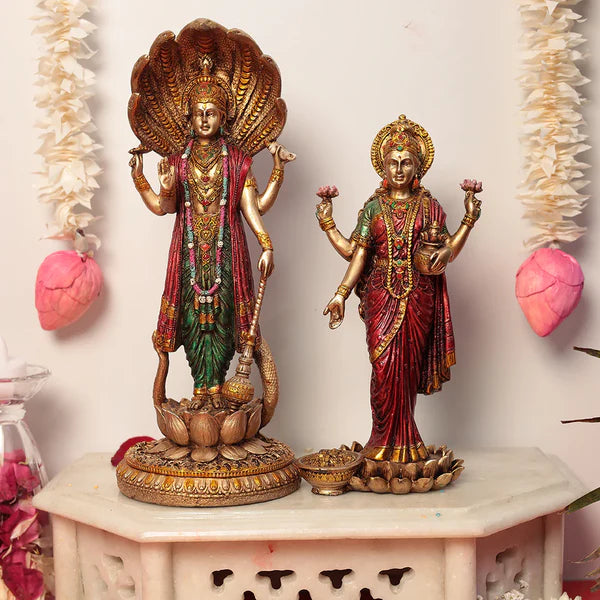10 Avatars of Vishnu in Order – Dashavatar List
Share
In the vast and deeply symbolic world of Hindu mythology, few concepts are as spiritually profound and culturally rich as the 10 avatars of Vishnu, also known as Dashavatara.
Whenever the world is in trouble and people stop doing the right thing, Hindus believe that Lord Vishnu comes down to help.
These incarnations are collectively known as the dashavatar of Vishnu, to restore balance and guide humanity. There are ten main forms, and each one has its own special story and reason for coming.
They start with Matsya, the fish, and end with Kalki, the future savior. These avatars appear in a certain order, which also shows how life and human thinking have changed over time.
We'll describe all the vishnu avatar names in order, uncovering their stories, meanings, and how they continue to influence spiritual thought and Indian culture today.
10 Avatars Of Vishnu In Order With Pictures
To fully understand the Lord Vishnu 10 avatars, we must also understand the Yuga Chakra, the ancient Hindu concept of cosmic time.
According to Hindu scriptures, time is divided into four yugas:
- Satya Yuga (Age of Truth)
- Treta Yuga
- Dvapara Yuga
- Kali Yuga
Among these, Satya Yuga is considered the purest and most spiritually advanced age, often called the "Golden Age", when gods ruled over humanity.
Several Dasavatharam names emerge to restore dharma (righteousness) during or after the transition from Satya Yuga to subsequent yugas.
10 avatar of Vishnu in order as they are described in ancient texts:
1. Matsya - The Fish Avatar
Matsya appeared at the end of Satya Yuga. A demon named Hayagriva had stolen the sacred Vedas and hidden them in the depths of the cosmic ocean.
To retrieve them and prevent the knowledge from being lost, Lord Vishnu took the form of a giant fish.
He also saved King Manu's boat containing the Saptarishis (seven sages) and the seeds of life - during a catastrophic flood.
This incarnation symbolizes the protection of knowledge and the foundation of life.
2. Kurma – The Tortoise Avatar
In the second incarnation of Vishnu's 10th avatar, the gods and demons together churned the ocean of milk (Samudra manthan) to obtain amrita (nectar of immortality).
When they used Mount Mandara as the churning stick, it began to sink. Vishnu incarnated as Kurma, a giant tortoise, who supported the mountain on his back, so that the churning could continue.
Kurma avatar protected dharma By enabling the gods to regain their strength and restore
the balance between good and evil.
3. Varaha – The Boar Avatar
Earth (Bhudevi) was abducted by the demon Hiranyaksha and drowned in the cosmic ocean.Vishnu took the form of a giant boar, Varaha, and dived into the ocean.
After an epic battle, he lifted Earth on his tusks and returned her to her rightful place in the universe.
By doing this, Varaha stopped evil from winning and made sure the world was safe and balanced again.
4. Narasimha – The Man & Lion Avatar

To destroy the demon king Hiranyakashipu who could not be killed by man or beast, inside or outside, day or night. Vishnu incarnated as Narasimha, half man and half lion.
He emerged from a pillar at dusk and killed Hiranyakashipu on the threshold of a palace, seated him on his lap and tore him into pieces thus bypassing all the conditions of the demon's boon.
Narasimha protected dharma by saving the young devotee Prahlada and proving that no evil can escape divine justice.
5. Vamana - The Dwarf Avatar
King Bali, though righteous, became powerful and threatened the heavenly realms. To curb his arrogance and restore balance, Vishnu incarnated as a humble dwarf Brahmin, Vamana.
Vamana went to Bali and asked for three steps of land. With Bali's consent, Vamana grew to a cosmic size and covered the earth and sky in two steps.
With the third step, he pushed Bali into the netherworld.
6. Parashurama - The Warrior Sage

The sixth of Vishnu avatharam, Parashurama was born to free the earth from corrupt and violent Kshatriya rulers.
Armed with an axe given by Lord Shiva, he defeated oppressive kings across the land. Unlike other avatars, Parashurama is considered immortal and exists to guide future
warriors.
Parashurama protected dharma by ending tyranny among the ruling classes and restoring
moral order.
7. Rama - The Prince of Ayodhya

8. Krishna - The Divine Statesman

Krishna, the 8th avatar of Vishnu, is one of the most loved and respected figures in Hindu stories.
He was born to stop the cruel rule of King Kansa and did many miracles as a child and young man.
Later, in the Mahabharata, Krishna became a close friend and helper to the Pandavas, especially Arjuna.
He was Arjunaʼs charioteer during the big war and gave him important advice in the Bhagavad Gita, teaching about duty, right action, and devotion.
Krishna helped the Pandavas win the war by guiding and supporting them. His teachings in the Bhagavad Gita showed the right way to live and do oneʼs duty.
Through his actions and words, Krishna made sure that good values and justice were kept safe in the world.
9. Buddha - The Enlightened One

In this kind and caring form, Vishnu became Siddhartha Gautama, who is known as the Buddha.
Buddha saw that people were suffering and that many old religious rules were too strict. He taught people to be kind, peaceful, and not to hurt others.
He showed a simple way to find happiness and peace inside. Buddha taught people a gentle path to become wise and happy.
He helped change old spiritual practices, making them more about kindness and understanding, so that everyone could follow a better way of living.
10. Kalki - The Warrior of the Future

Kalki is the last and future form of Vishnu that has not appeared yet.
According to Hindu belief, Kalki will come at the end of Kali Yuga, when the world is filled with evil and people have forgotten what is right.
He will ride a white horse and carry a bright sword. Kalkiʼs job will be to destroy evil, remove bad people, and bring back goodness and honesty.
After Kalki comes, a new and better time called Satya Yuga will begin, where truth and good values will return.
Kalki will clear away darkness and badness from the world and make sure truth and goodness rule again in the next age.
Symbolic Evolution in Vishnu's 10th Avatar
The Lord Vishnu 10 avatars names are not just mythological - they reflect the biological and spiritual progression of life:
1. Matsya = aquatic life
2. Kurma = amphibian
3. Varaha = mammal
4. Narasimha = partly animal, partly human
5. Vamana = early human
6. Parashurama = stone age weapons
7. Rama = civilized rule
8. Krishna = divine diplomacy
9. Buddha = spiritual awakening
10. Kalki = ultimate transformation
This makes Vishnu's 10th avatar relevant not just to devotees, but also to students of philosophy, history and even evolution.
Conclusion: Dashavatar Of Vishnu
The all avatars of Lord Vishnu show us how divine power steps in whenever the world face danger or injustice.
These stories are not just myths but lessons that inspire us to follow the path of truth, courage, and kindness. They remind us that no matter how dark times may seem, there is always hope and help to overcome challenges.
Ultimately, the Dashavatara encourage us to protect what is right in our own lives and communities. Just as Vishnuʼs avatars appear to save the world, we too can be agents of good, bringing light and order wherever we go.
FAQs
1. What are the 10 avatars of Vishnu in order?
The 10 avatars of Vishnu in order are: Matsya, Kurma, Varaha, Narasimha, Vamana, Parashurama, Rama, Krishna, Buddha and Kalki. These are collectively known as Dashavatara.
2. In which era do the Dashavatara appear?
The names of the Dashavatara appear in different eras:
- Matsya to Vaman: End of Satya Yuga to Treta Yuga
- Parashurama to Buddha: Treta and Dwapara Yuga
- Kalki: End of Kali Yuga, future
3. Why did Vishnu take 10 avatars?
Vishnu took 10 avatars to restore dharma, defeat evil and guide humanity in difficult times. Each of Vishnu's 10 avatars emerged to resolve a crisis in the cosmic or earthly realms.
4. What is the purpose of the 10th avatar, Kalki?
Kalki, the final incarnation of Lord Vishnu, is prophesied to appear at the end of Kali Yuga to destroy evil, purify the world and reestablish Satya Yuga (Golden Age).















